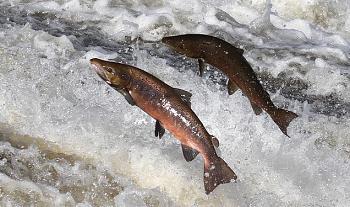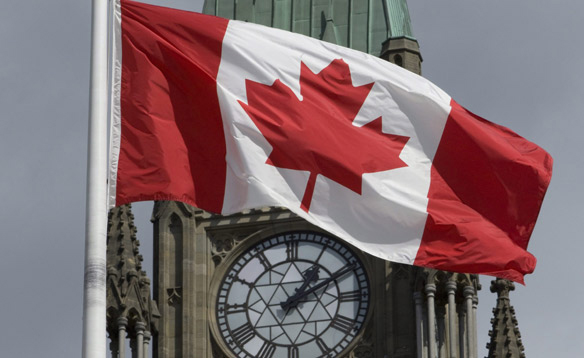If you are a salmon lover, you may have to cut back on how much of this vitamin D and omega-3 rich food you eat. If their number keeps declining, eating salmon will become a luxury for which we will have to reach deep into our wallet.
You may have heard that at some point in its life, every salmon returns to its natal stream to spawn and die. This natural process has been happening since long before we consumed our first fish. Today, however, salmon are disappearing at an alarming rate. Somewhere between the North Pacific Ocean and their spawning place, hundreds of millions of Pacific salmon are vanishing into thin air. Though it is still uncertain what’s causing the disappearance, experts believe they are starving to death because the once flourishing plankton pastures have turned into lifeless deserts.
As the salmon are dying by the millions, the government issued an emergency order along the western U.S. coast to cancel the spring king, or Chinook, salmon fishing activities. According to the California Department of Fish and Wildlife, salmon runs have dropped to record levels. Experts predict that the return of spawning Chinook salmon to the Klamath River will hit its lowest point ever this fall. It will be a huge challenge and difficult year for ocean salmon fishermen, especially in Oregon and California, reported the Council Chair Herb Pollard.
“We’ve been in a period of low productivity, not just on the Taku, but on several rivers up and down the coast,” said Juneau Area Management Biologist Daniel Teske, who expects a second-straight year of record-low salmon returning to their birthplace. Teske added that he is almost certain that the increased die-off must be happening in the ocean since all four rivers are being affected by low returns of the Southeast king salmon. (RELATED: Find more environmental news at Enviro.news.)
The oceans are dying. How to solve the issues?
The West Coast fishermen are not the only ones struggling. According to Russ George, a salmon savior who has more than 40 years of hands-on work to restore trees and seas, Japanese salmon fisheries are also in a historic collapse. The Japanese have seen the salmon population decline at a rapid pace. For several years in a row, they reported smaller fish and a meager catch. According to Minato-Tsukiji, chum salmon landings are the worst in 24 years.
What’s more, it is not only salmon in the Pacific that are dying or disappearing at an alarming rate; all marine life is struggling. In one single year, more deceased great whales have washed up on our beaches than in the past decade. Just as tens of thousands of dead seabirds and baby sea lions found along our beaches, these whales starved to death.
But there is hope. In 2012, George’s company, Ocean Pastures, completed a pilot project designed to restore and replenish salmon pastures in the North East Pacific Ocean. They were overwhelmed by the effect the revived ocean pastures had on the salmon population. According to the reports, hundreds of millions of additional salmon, coming from these underwater fields, swam back home to their ancestral waters to produce offspring in 2013. That year, fishers reported the largest catch of salmon in the history of Alaska.
“The fish came back, and it is now more important than ever to head back out to sea to save them again,” George said on his website.
Follow more news about the collapsing food supply at FoodSupply.news.
Sources:
Read More..









